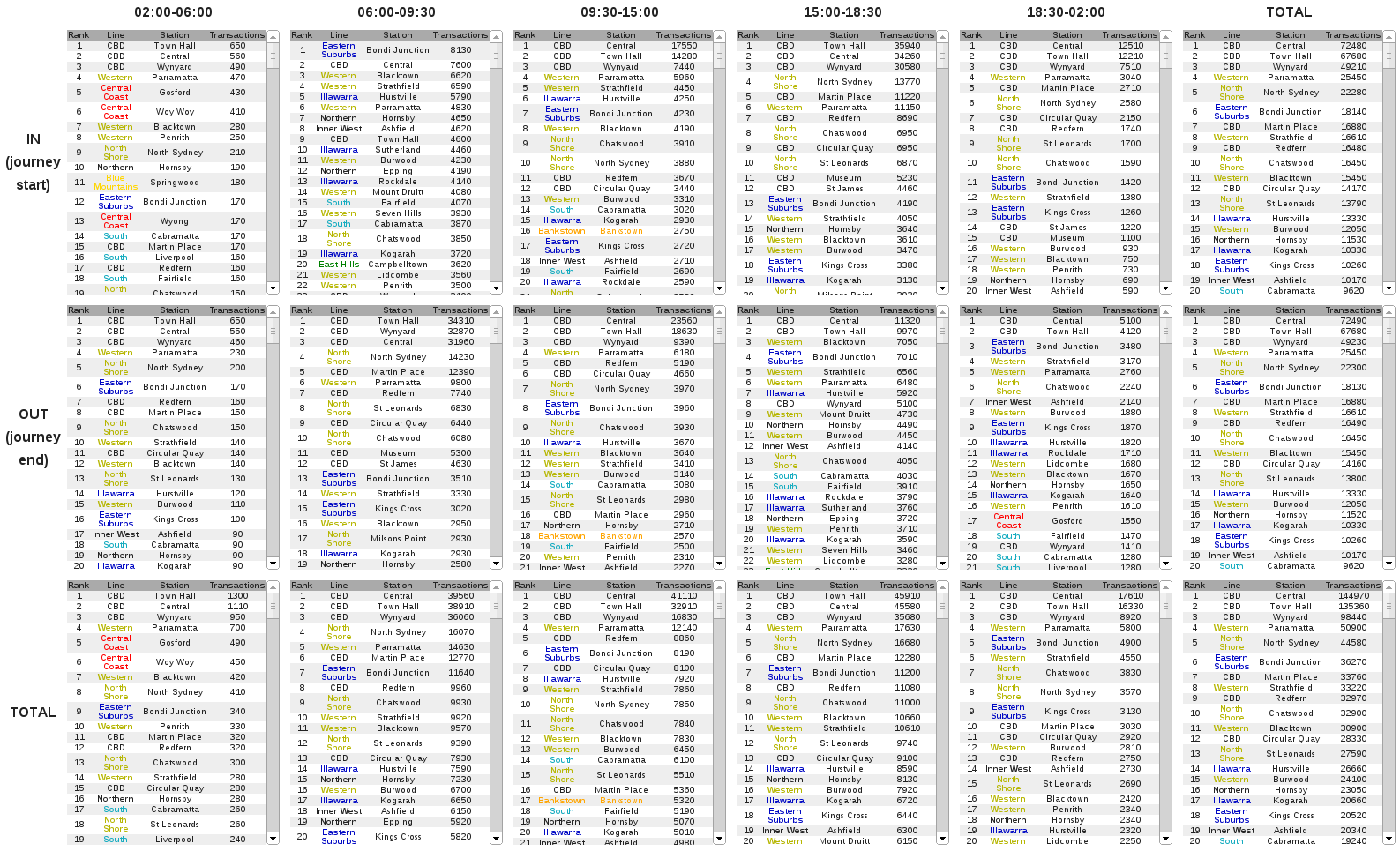Small side projects come an go yet I always seem to come back to the task of trying to showcase ABS census data geographically.
In the backend I have built a soild foundation for providing the base geography. That part is quite stable now. The backend for providing the census data is in pretty good shape now, just some polishing of the edges to do.
The real milestone I've hit now is getting those census regions on a slippy map as vector tiles (tick on those ASGS 2011 overlays, only some regions/zoom levels/layer combos available at the moment though).
I've done this using the excellent TileLayer.GeoJSON provider for Leaflet in combination with the TileStache PostgreSQL vector provider with the vector-simplify patch for TileStache to perform zoom dependent geometry simplification.
I think this will result in a really neat design as you can apply endless thematics to these geometries client side, you just need to pull in the census data as a simple JSON and join it to the geometries. Plus you get all the benefits of vector tiles such as hover effects and clickability.
